Wildlife
Our Wild locals
Embark on a journey to explore the beautiful waterways and its wildlife inhabitants. During our tours, we may have the opportunity to see a variety of wild animals, including manatees and dolphins. While manatees only appear during the warm water season, dolphins may be seen year-round. Our tour guides are highly knowledgeable when it comes to our wildlife friends, and they know the best spots to look for them. However, it is important to note that no one can guarantee the presence of any or all of these animals on any given day. We will do our best to provide you with a memorable experience, but please keep in mind that sightings are not guaranteed.
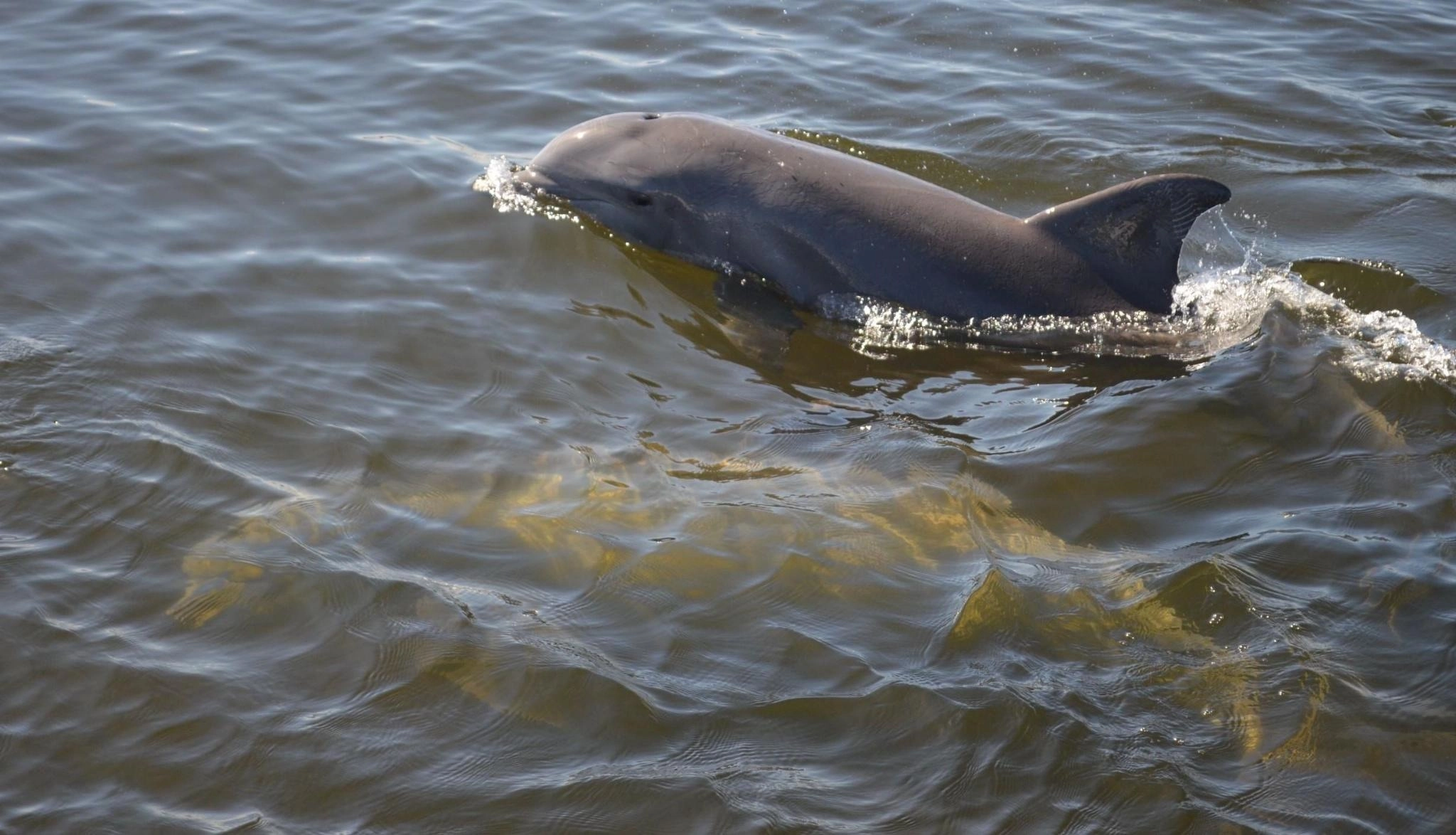
Bottlenose Dolphins
These smart and adventurous bottlenose dolphins can be spotted around the city year round! They are highly social animals that live in groups called pods and communicate with each other using a variety of clicks, whistles, and body language. Bottlenose dolphins are also known for their acrobatic displays, often leaping out of the water and doing flips. During our tours, these playful creatures may often get close to us, but it's important to remember that they are wild animals and need to be respected as such. It is illegal to ever feed or touch wild bottlenose dolphins, as this can be harmful to their health and disrupt their natural behaviors.
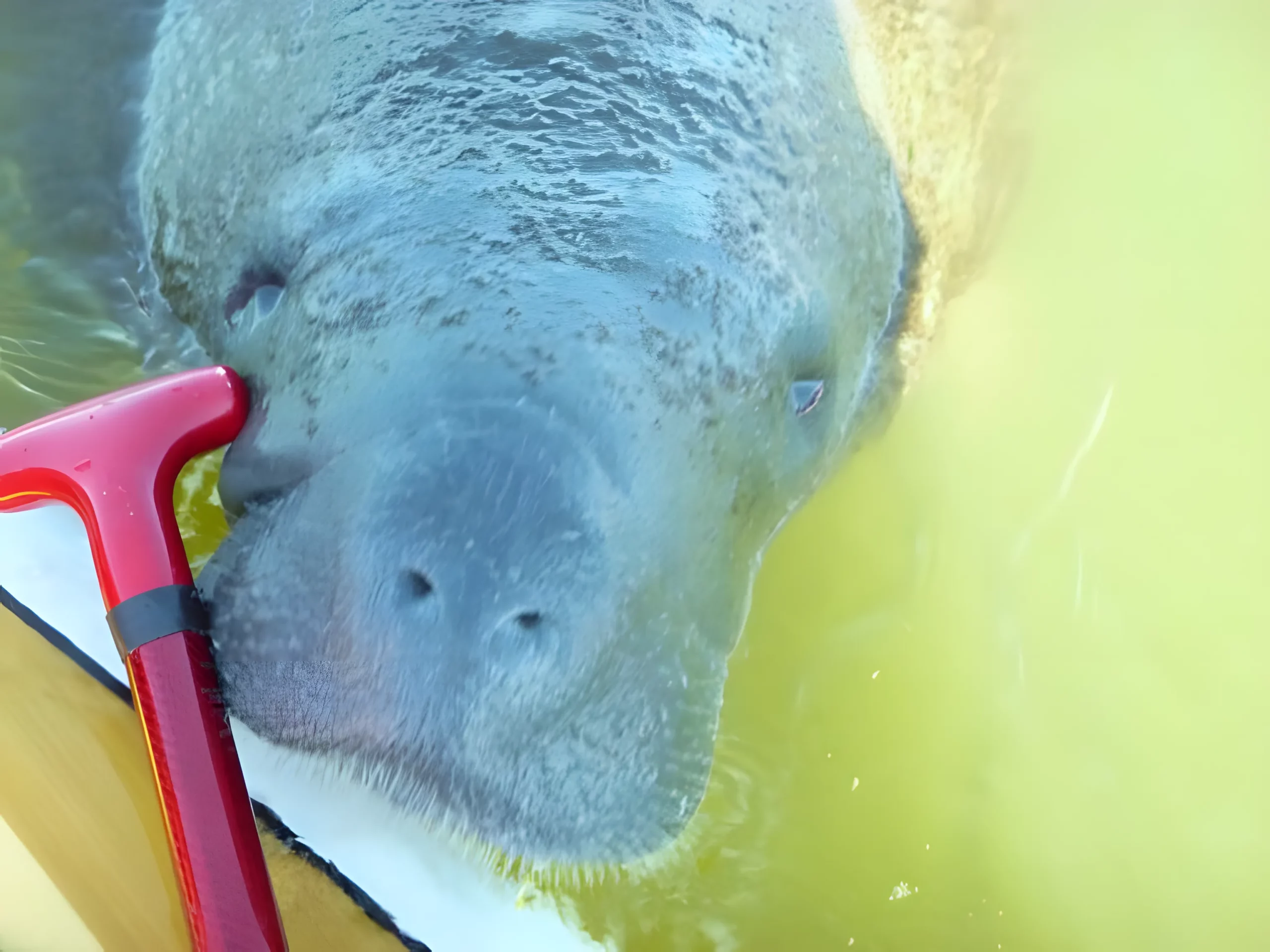
Manatees
Manatees can most commonly be spotted in St. Augustine during summer months when the water temperature is more to their liking. During cold water seasons, they retreat to Florida springs where the water temperature is much more stable. Like dolphins, manatees are also wild animals and should be respected as such. It is illegal to touch, feed or harass manatees in any way. These gentle giants can grow up to 13 feet long and weigh over 1,000 pounds. They are herbivores, spending up to eight hours a day grazing on seagrass and other aquatic plants. Despite their large size, manatees are slow swimmers and can only reach speeds of up to 15 miles per hour.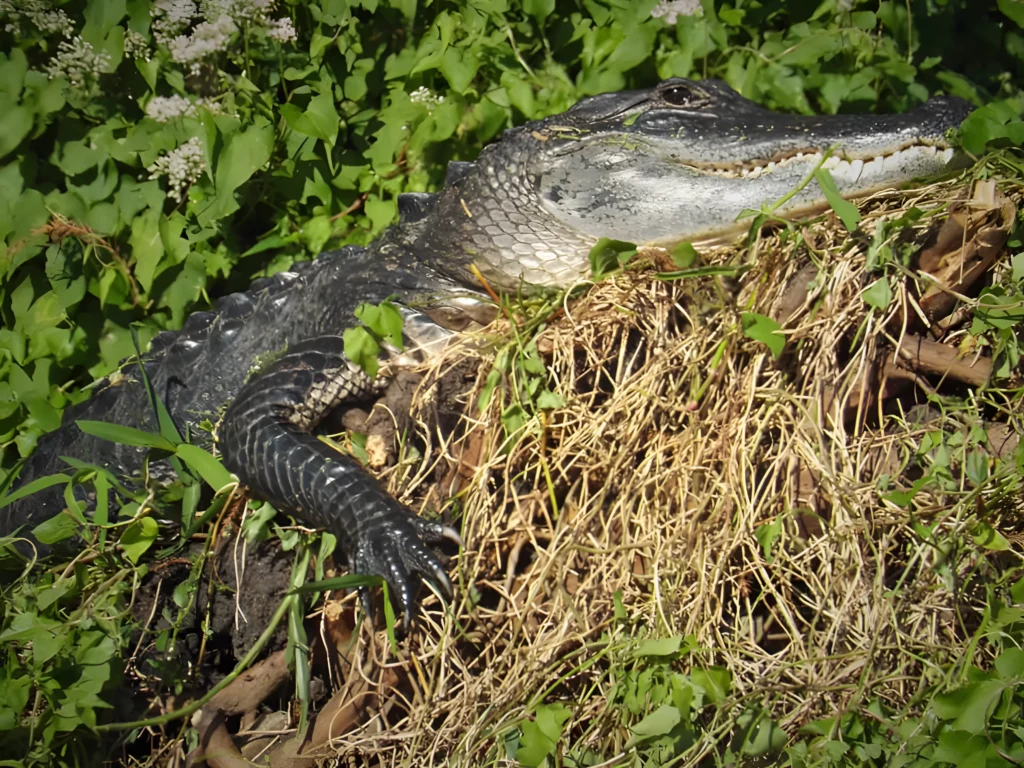
Alligators
Alligators are found throughout St. Augustine, Florida, and are one of the state's most iconic animals. These large reptiles are native to Florida and can be found in a variety of habitats, including freshwater lakes, rivers, and marshes. While alligators are generally not aggressive towards humans, it's important to remember that they are wild animals and should be treated with caution and respect. Our trained guides will keep you safe during any wildlife tours or excursions, and will provide you with fascinating insights into the behavior and ecology of these amazing creatures. If you encounter an alligator in the wild, it's best to keep a safe distance and avoid approaching or feeding it. Remember, alligators are an important part of the local ecosystem, and by respecting their space, we can help to ensure that they continue to thrive in their natural habitat.
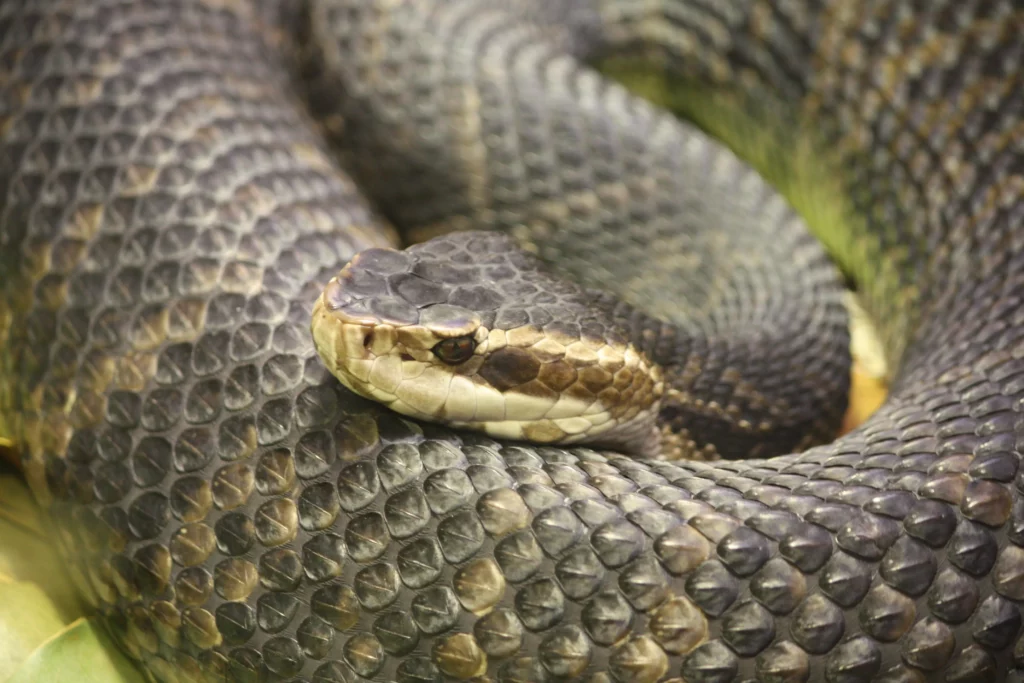
Water Moccasins
Water moccasin snakes, also known as cottonmouth snakes, are a common sight in St. Augustine, Florida. These venomous snakes are native to the southeastern United States, including Florida, and are often found near bodies of water such as swamps, marshes, and streams. Although they can be dangerous, our trained guides will keep you safe during any wildlife tours or excursions. It's important to remember that water moccasin snakes play an important role in the local ecosystem by helping to control the population of small animals like rodents and frogs. If you come across a water moccasin snake in the wild, it's best to keep a safe distance and avoid disturbing it.
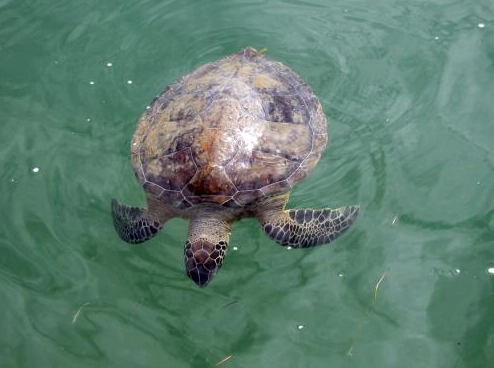
Green Sea, Loggerhead, and Leatherback
Sea Turtles
There are many different kinds of sea turtles all over the world! Here in St. Augustine, we are lucky to have as many as 3 different kinds: the Green Sea Turtle, the Loggerhead Sea Turtle, and the Leatherback Sea Turtle. These friendly explorers may be seen year-round, just look for their little heads popping up out of the water! Sea turtles are an important part of the ocean ecosystem, helping to maintain the balance of marine life. They are also protected by law, and it is illegal to touch or disturb them in any way. If you're lucky enough to spot a sea turtle during one of our tours, we ask that you admire them from a respectful distance.

Great American Egrets
These elegant birds were almost extinct due to hunting throughout the late 19th century. Today, we are lucky to have them throughout the wetlands of St. Augustine. Great American egrets are known for their striking appearance, with their all-white feathers and long, slender legs. They have a wingspan of up to 55 inches and can stand up to 3 feet tall! These beautiful birds feed on fish, frogs, and other small aquatic creatures, which they catch with their sharp beaks and long necks. They can be seen year round in all their grace and beauty.
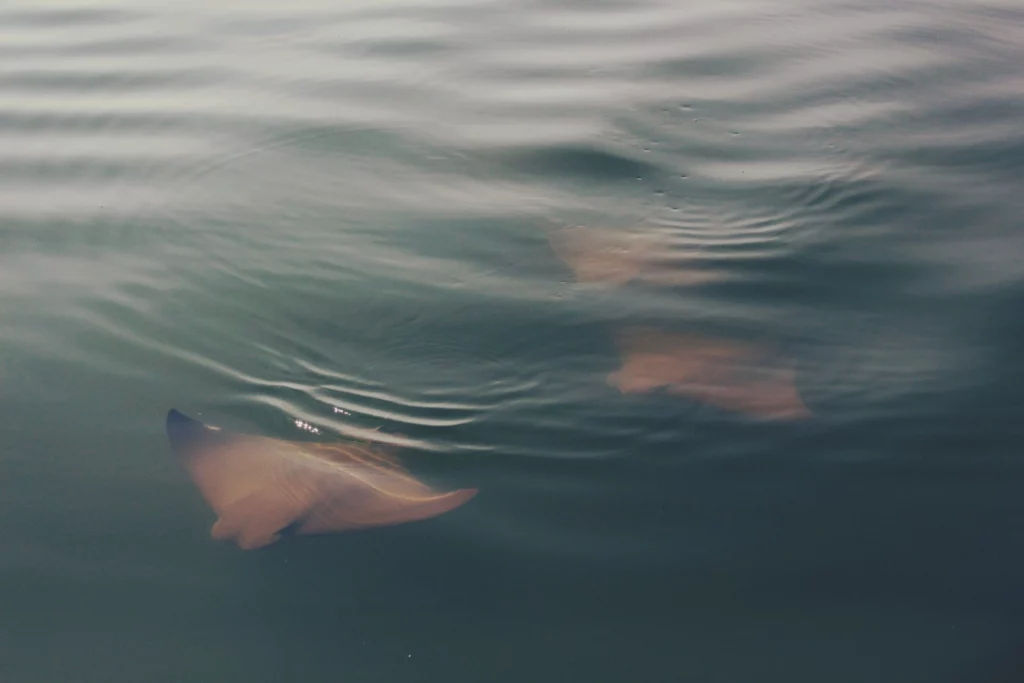
Sting Rays
Stingrays are fascinating creatures that can be found in the waters of north east Florida year round. They are actually a type of cartilaginous fish, like sharks, and there are over 200 species of stingrays known to exist. Stingrays are generally docile animals and prefer to avoid confrontations, but can deliver a painful sting if provoked or stepped on. Some species of stingrays can grow up to 6 feet in width, making them one of the largest species of fish in the world.
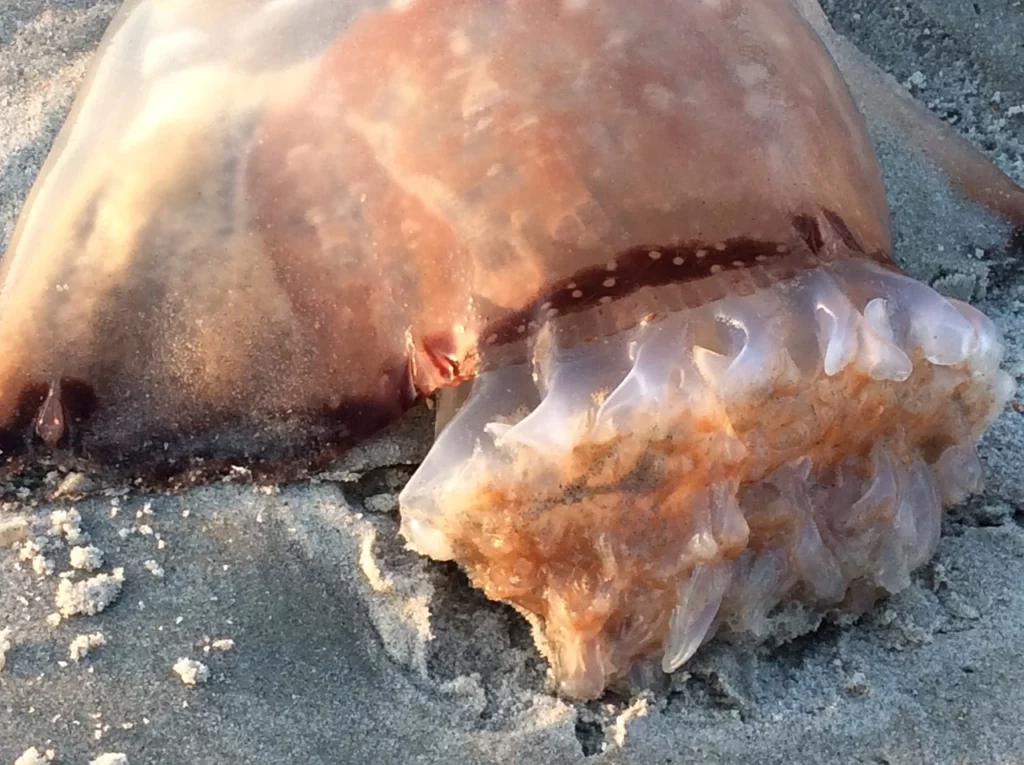
Cannonball Jellyfish
Cannonball jellyfish may also be seen year round in St. Augustine. Their name comes from the shape of their bodies which resemble cannonballs. These jellyfish are typically found in warm waters and are considered a delicacy in some countries. While they can be quite large and have a mild sting, they are relatively safe and super cool to see!
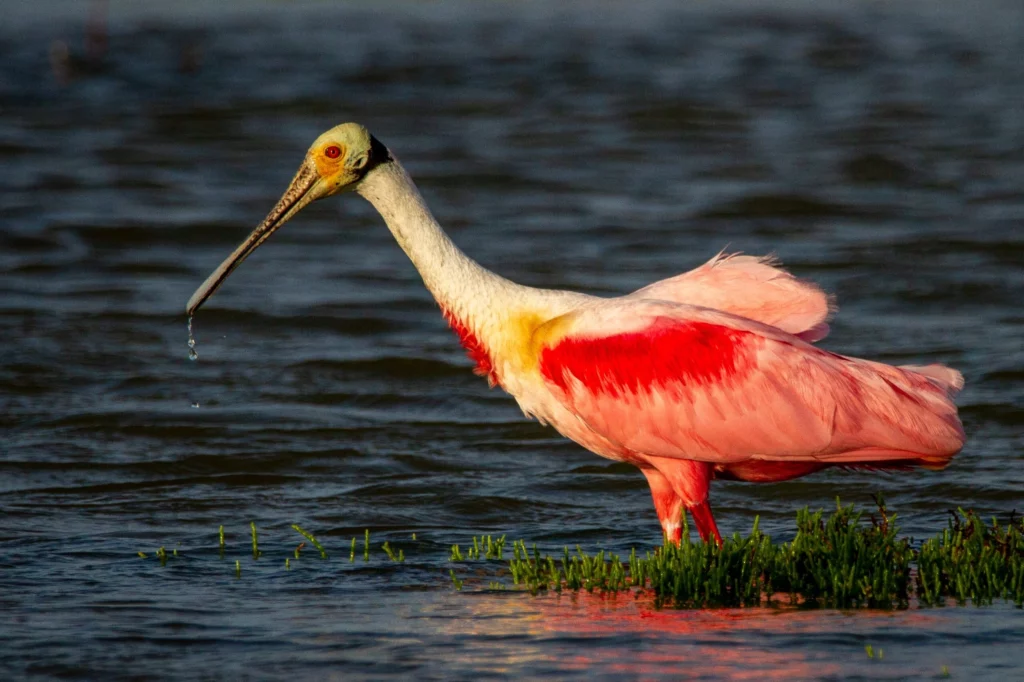
Roseate Spoonbills
The Roseate Spoonbill is an absolutely gorgeous bird that is truly a sight to behold. Its stunning pink and white plumage makes it look as though it has spent the evening with the pink panther, but in reality, it is one of only six Spoonbill species found across the entire globe. Though sightings of this majestic bird are rare, those lucky enough to catch a glimpse of it are sure to be mesmerized by its beauty. With its long legs and unique bill, the Roseate Spoonbill is a true wonder of nature that inspires awe and admiration in all who have the privilege of observing it.
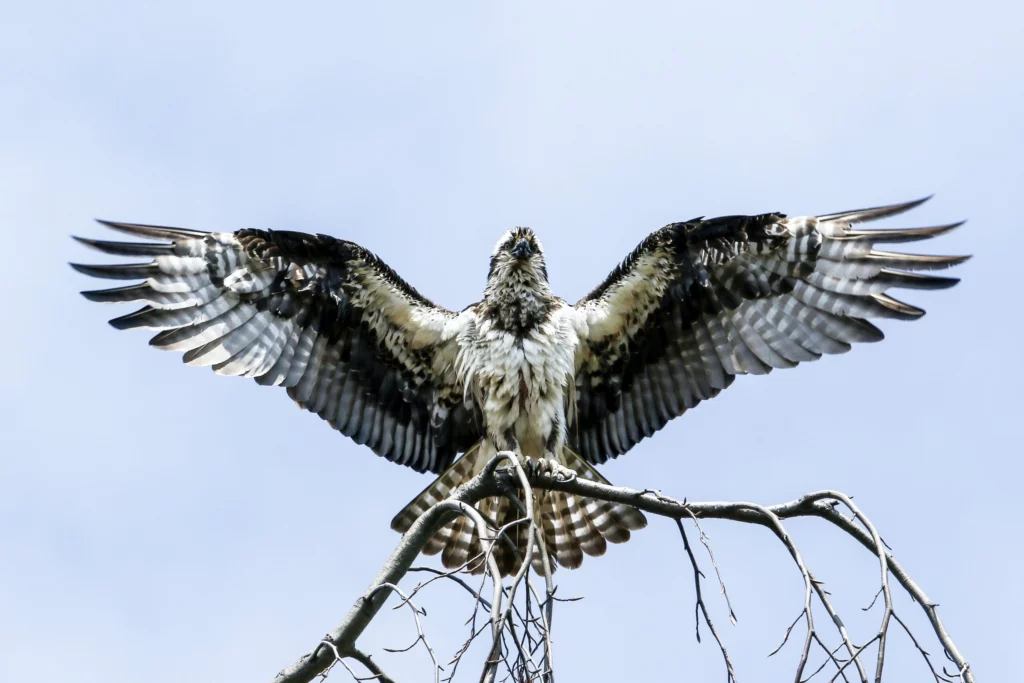
Osprey
Ospreys are birds of prey with a wingspan of up to six feet and are known for their remarkable hunting skills, which they use to catch fish. They build their nests on tall structures such as telephone poles or dead trees in coastal areas. Ospreys have unique vocalizations, and watching them dive into the water to catch a fish is a truly awe-inspiring sight. It's important to give these birds their space and respect them and their nests.
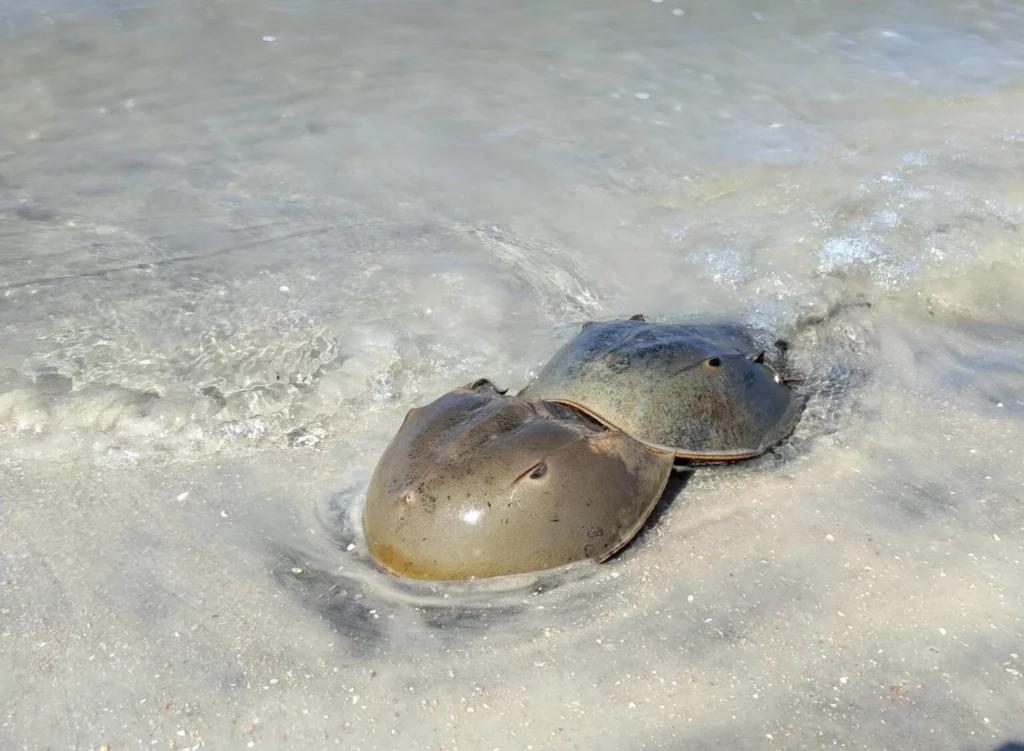
Horseshoe Crabs
Horseshoe crabs are fascinating creatures that have been around for millions of years. Their unique appearance and ancient lineage make them a true wonder of the natural world. These crabs have ten legs, a hard exoskeleton, and a horseshoe-shaped head, hence their name. They play a vital role in the ecosystem as their eggs provide food for migratory shorebirds. Despite their importance, horseshoe crab populations are declining due to overfishing and habitat loss. It's important for us to protect these ancient creatures and their habitats to ensure their survival for future generations to enjoy. If you're lucky enough to spot a horseshoe crab on a beach, remember to admire it from a respectful distance and let it go about its business undisturbed.
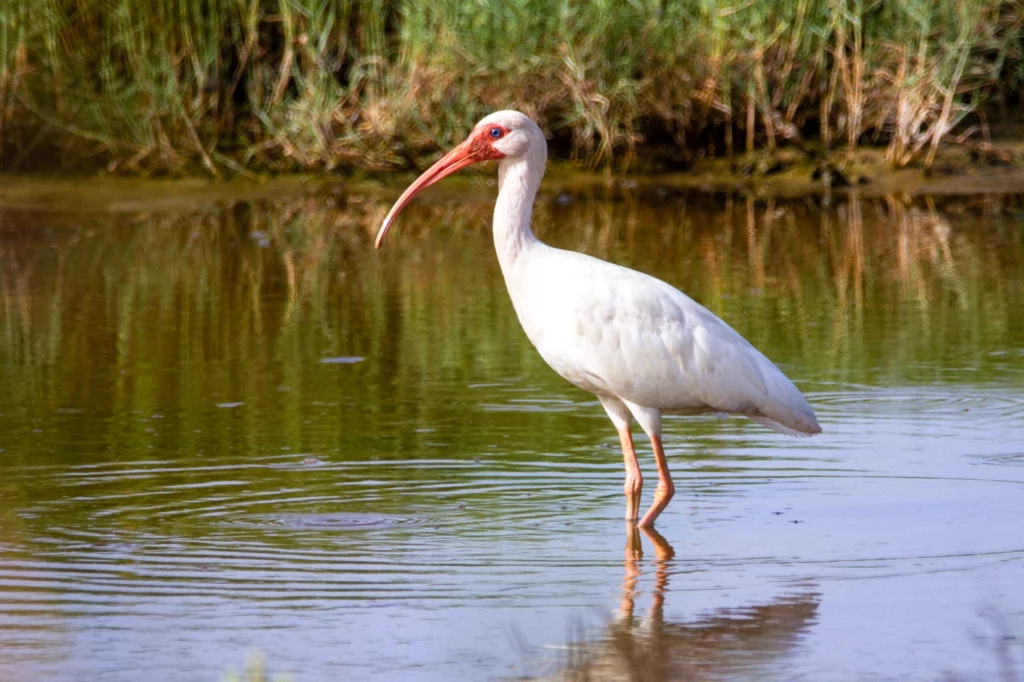
White Ibis
The White Ibis, with its stunning all-white plumage and unique beak and eyes, is a beautiful and distinctive bird that is native to Florida. These graceful creatures can be found throughout the state, but one of the most impressive sights is to see a group of them perched upon mangroves. The contrast of their snowy white feathers against the lush green of the mangroves is truly breathtaking and creates a captivating image. Additionally, the White Ibis is known for its foraging behavior, probing the mud for insects, small reptiles, and other prey with its long bill. This behavior, coupled with their striking appearance, makes the White Ibis a must-see bird for any nature enthusiast visiting Florida.
